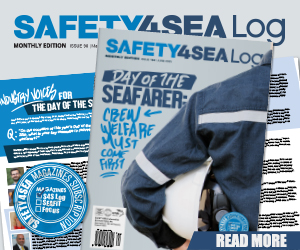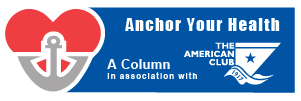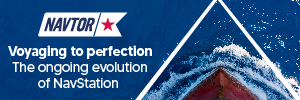Hoegh Autoliners has taken extensive measures to prevent an incident of fire onboard as well as mitigation measures to contain such a phenomenon.
Lately there has been a trend of fires onboard car carrier vessels. In view of this fact, Hoegh Autoliners has taken measures to prevent and handle such an incident, learning from recent occurrences. For instance, the Fremantle Highway, a ship carrying 3,000 cars, caught fire off the Dutch island of Ameland on 25 July 2023. The ship was loaded with 2,500 cars and heavy cargo, including nearly 500 electric cars. The Dutch media reported 3,783 new cars on board, making electric car batteries more difficult to extinguish.
According to Hoegh Autoliners, recent fire incidents aboard EV-carrying vessels have brought attention to factors such as thermal runaway, saltwater intrusion, and compromised battery cells or components. Industry stakeholders, insurers, and safety experts have underscored the need for vigilance.
As a result, to improve fire detection and the ability to handle a possible fire Hoegh Autoliners has, among other measures, implemented an extended number of fire zones, and installed heat and smoke detecting cameras and fire blanket stations on all cargo decks. They also more than the Class required amount of CO2, which serves as a highly efficient fire extinguisher on board vessels.
We’ve also improved the onboard digital platform. This enables us to include early warning if any loaded unit would send out notification of anomalies such as elevated battery temperatures
… informed the COO of Höegh Autoliners, Sebjørn Dahl
Additionally, they are currently not accepting transportation of second-hand Electric Vehicles as they may represent higher risk. Another measure regarding electric vehicles aims to maintain high-voltage batteries in electronic and hybrid cars charged ideally below 30 percent and not above 50 percent, effectively mitigating the risk of fire incidents. This deliberate approach curtails energy density on the vessel’s deck, thereby reducing the potential severity of fires.
Furthermore, they have developed procedures and best practices for cargo handling, to minimise the risk of damage. They also conduct regular drills so that the crew are very familiar with their duties, location of equipment and use of the onboard equipment and systems. This aims to ensure that the crew have the capabilities to apply the correct firefighting method depending on the situation.






























































